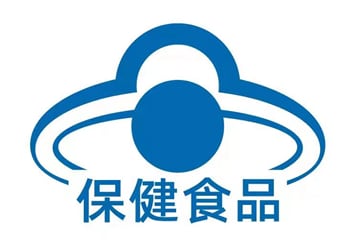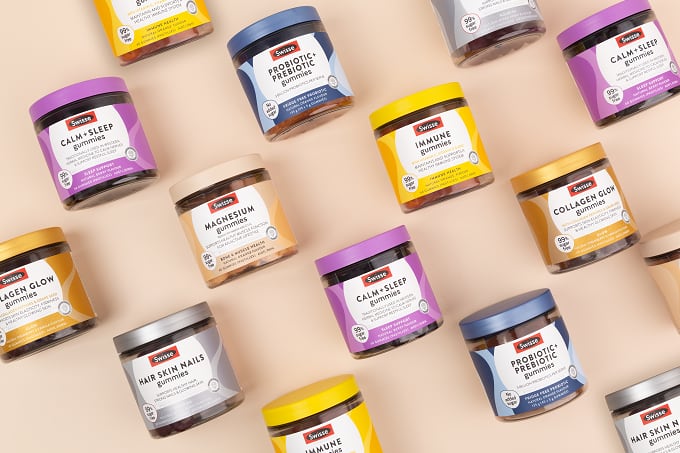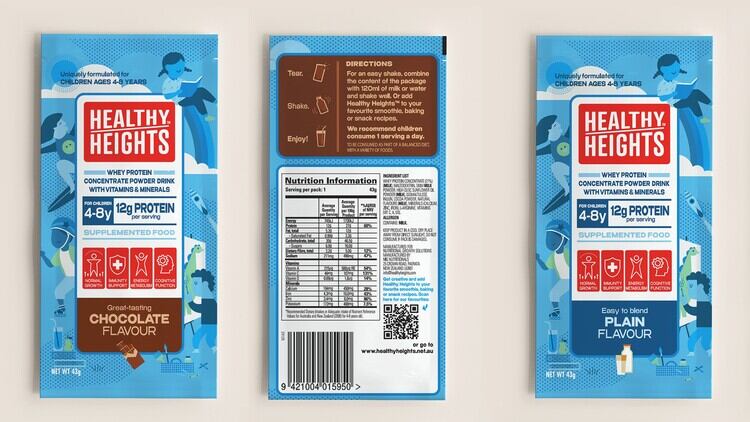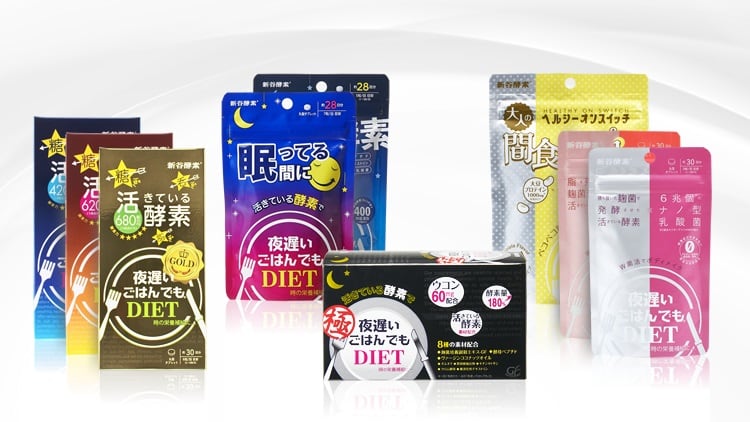Only health foods with the ‘blue-hat’ logo can be retailed in China’s offline channels, such as pharmacies.

The logo is given to health foods that have been approved via both registration and filing tracks. Otherwise, supplements which make health claims can be sold in China via cross-border e-commerce.
The new proposal aims to strengthen its control on product labelling and protect consumers’ right, the State Administration for Market Regulation (SAMR) said on March 21.
The SAMR is now collecting a public feedback on the proposal and the public will have until April 21 to submit their comments.
Aside from individual packs, the regulator is proposing the manufacturers to print the ‘blue-hat’ logo on the product’s main display – specifically the top left-hand corner – to help consumers identify the product as an approved health food easily.
Other requirements included the size and colour of the logo.
Health foods manufacturers will also be allowed to display the logo at their manufacturing sites, the proposal said.
If approved, the new regulation will come into force from December 1 this year, but products manufactured before this date could still be sold in the market until the date of expiry.
The decision to print important information on the smallest possible sales units is already implemented to ‘solid beverages’.
From June 1, manufacturers must state on the smallest possible sales units that the product is a ‘solid beverage’ – which are general foods prepared by processing raw food materials and food additives into powder, granules, or lumps.
They should also state the precaution statement that the product cannot replace health foods, infant formulas, and other special foods.
Pharmacies number
Pharmacy is a key health foods sales channel in China and there are 251,200 pharmacy stores in the country as of last September, said the National Medical Products Administration (NMPA).
Within the first nine months of last year, the number of pharmacy stores had increased by 10.2k.
Health foods stats
Over 2,400 health foods were approved via the filing track and 112 approved via the registration track last year, according to reports by China-based health foods regulatory consultancy CIRS.
Majority of the products approved via filing were locally made – numbered at 2,359 and only 42 were imported.
On the other hand, all 112 products approved via the registration track were from local companies. Of which, BYHEALTH leads the pack with 13 products approved, followed by Guangzhou Naifansi with five products, and Sirio Pharma with four products.
Products approved via the filing track contains ingredients listed in the Health Foods Raw Materials Directory and the approval process is cheaper and less time-consuming than the registration track – which could take at least two to three years to complete.





